Commentary
B.
Bulletin
New Zealand's leading
gallery magazine
Latest Issue
B.21701 Sep 2024
Contributors

Commentary
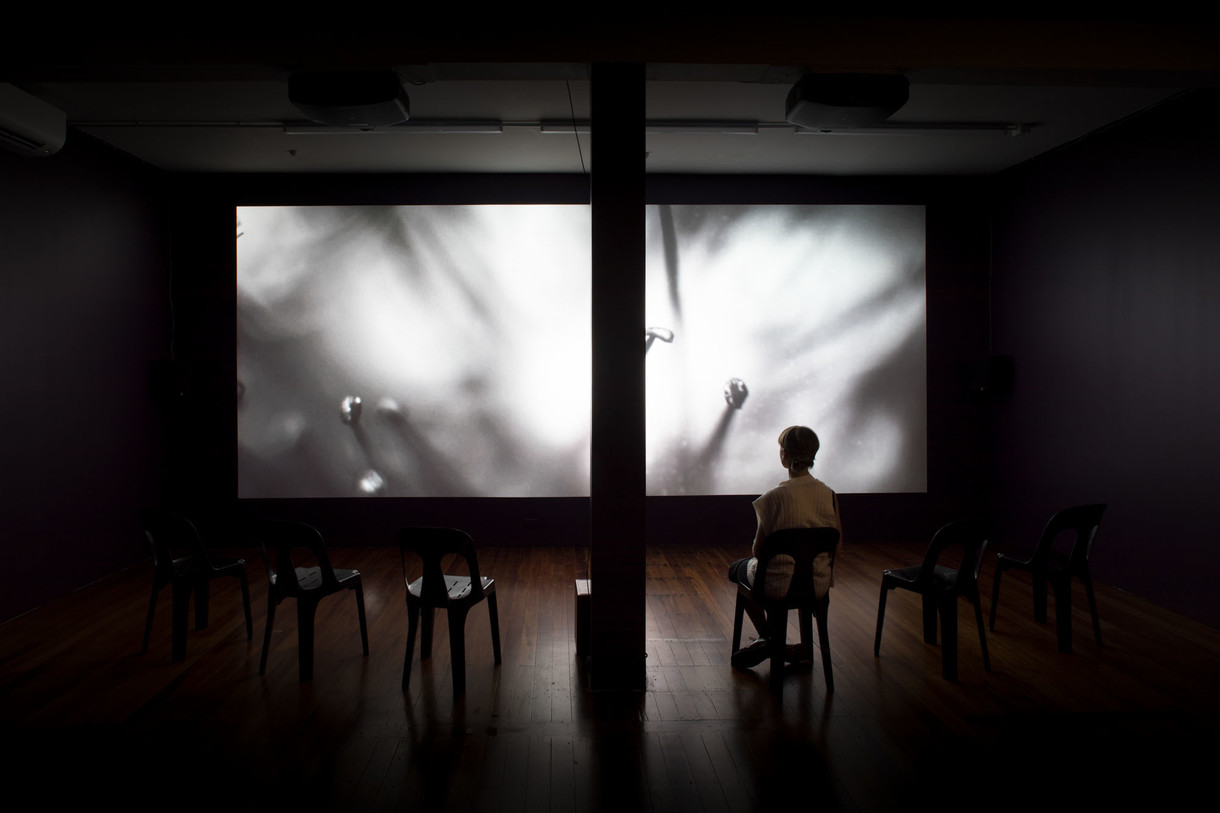
Te Whakawhitinga
Te Whakawhitinga is a haerenga, a journey. It is not a long film, approximately eleven minutes total, but the geography it covers stretches from Te Tai Tōkerau in the North to Ōtautahi in Te Waipounamu; from early adulthood to old age; and from the time of Te Pākanga Tuarua o te Ao, World War II, to the present. Te Whakawhitinga follows this narrative like a stone skimming across water: touching down at points, at others flying across space-time with the momentum of recall.
Commentary

Bury the Lede
From the side of a hill the woman and child – ectomorphic – hunting for cockles, look like wading birds. Siblings climb on top of each other and hold handstands like circus-adjacent cheerleaders in tie-dyed active-wear. Two write code and scale limestone boulders, competing with each other almost good-naturedly without mats. Weeds and things scrounged – pipi, lemons, parsley, small mushrooms, seaweed and bracken fronds – are eaten with brown rice. Later there are bruised peaches, grapefruit and hard pears with a whiff of quince kept in a bowl for the colours and smells – green, orange, gold, purple, brown, grey, black.
Commentary
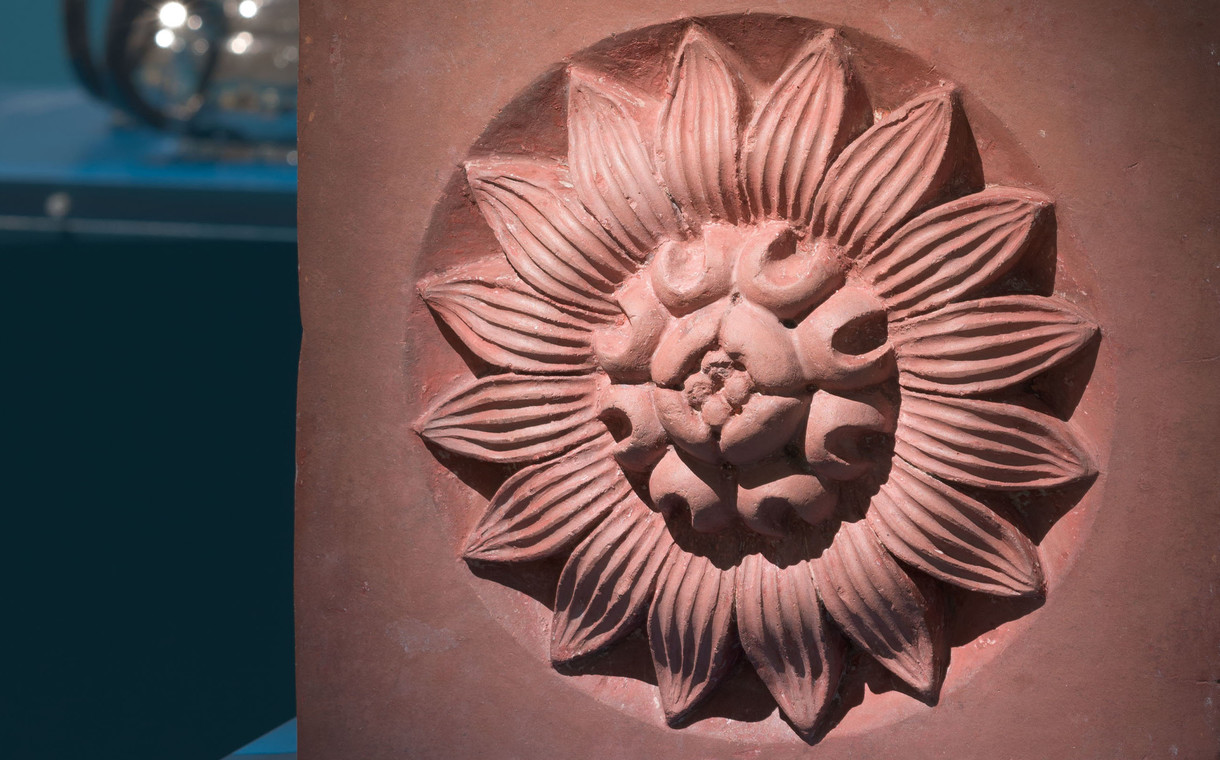
The Arts and Crafts Movement at the End of the World
It is interesting to ponder how makers involved in the Arts and Crafts Movement might respond if they were able to see their works on display in galleries today. While exhibitions on a range of scales were central to the Arts and Crafts, and played a key role in how its ideas and objects reached new audiences and took root across the world, today’s retrospective explorations of the Movement are to some extent testament to the fact that it never revolutionised art and life to the extent that its protagonists had initially hoped.
Commentary

Alicia Frankovich’s Atlas of Anti-Taxonomies
Orange peel, ant’s eye, hibiscus flower, rhubarb, bacteria, a space blob, a virus, an x-ray of a human skull – human, non-human, inhuman, entangled and disordered. In the Atlas of Anti-Taxonomies, artist Alicia Frankovich groups these things by difference rather than sameness, showing them to have dynamic relationships and visual rhythms. Consisting of over 100 images that the artist has gathered, constructed and found, Frankovich’s carefully selected and arranged collections of phenomena, beings and objects glow from lightboxes hung throughout the gallery space. Their collated, overlapping and montaged images are wild and vibrant. Their placement on the large screens feels momentary, as though this is just one iteration of many possible permutations, disrupting any typical or static taxonomical order. In making this work, Frankovich has drawn on the extensive body of research around posthuman ecologies, decolonising nature and queer theory, underscoring this beautiful exhibition with complex ideas of domination and control.
Commentary
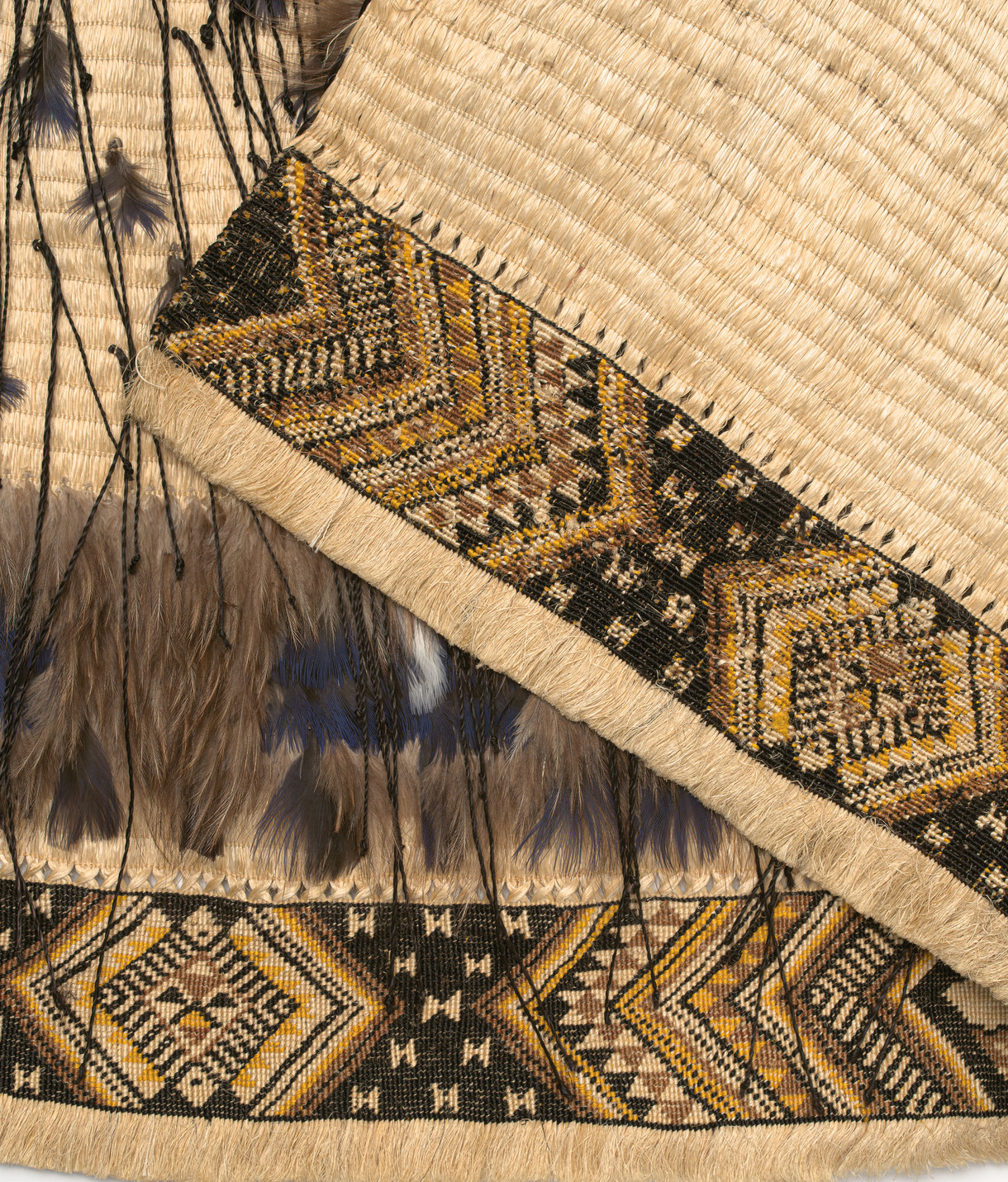
Te Puna Waiora
In the Māori worldview, context is vital. Knowledge is not disembodied information but part of a living matrix of encounters and relationships, past and present, natural and spiritual.
Commentary

The Golden Bearing and Postcritical Enchantment
Reuben Paterson’s The Golden Bearing is a life-sized tree in sparkling gold. This three-dimensional form extends the artist’s frequent use of glitter and diamond dust into the realm of sculpture. In doing so, his magical tree and its shimmering leaves speak to the complex and evolving relationship between nature and culture, via a grounding in hope, joy and wonder.
Commentary
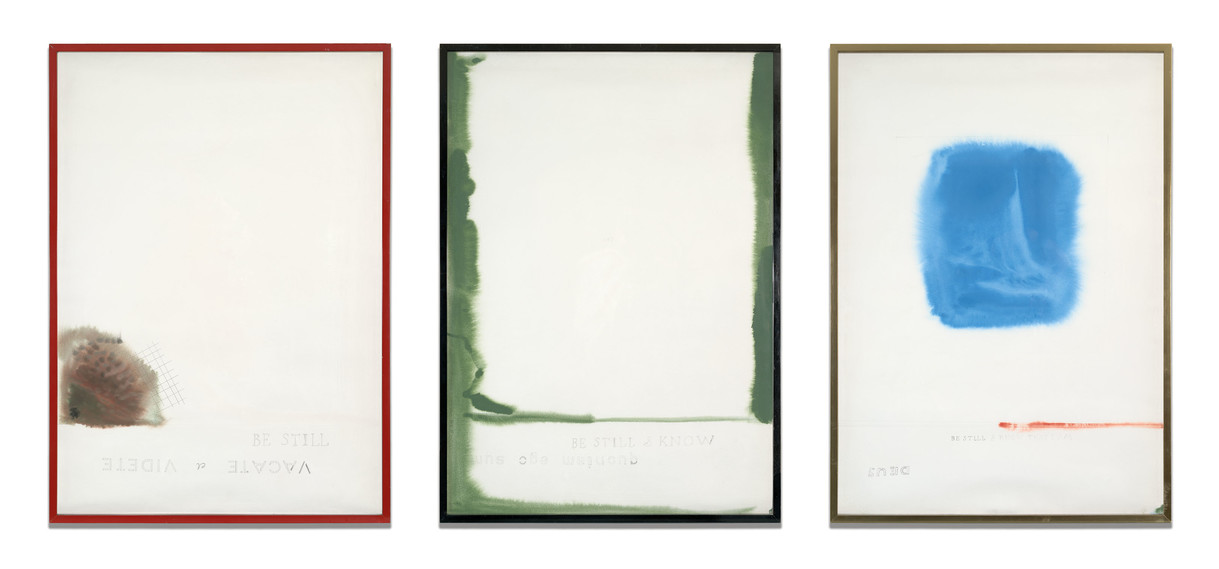
Gifts on the Table: a tribute to Joanna
Summer green as lint / wound about the bone / bandaged in green I lay / quiet all summer long / summer sings a song / of its own.
This is an unpublished poem written by Joanna when she was living at Barrys Bay on Banks Peninsula. She moved there with her husband Jeffrey Harris and their daughter, Magdalena, in 1975. The family had previously been staying at Okains Bay. There’s a languid, sensuous feel to the lines. The summer is beautiful, it’s green and musical and encompassing, and yet a feeling of unsettlement arises. The choice of ‘lint’ and ‘bandaged’ suggest damage and there’s a need to rest up, a need for healing. I wonder if Joanna was pregnant at this time; that would make it 1976 and she would be awaiting the birth of her second daughter, Imogen. The baby was born in the Akaroa hospital in late February, but sadly died after surgery for a heart condition in December of the same year. An exquisite white marble headstone, a hemisphere carved by Jeffrey, marks the grave in the Akaroa cemetery. Joanna herself was buried there in 2003.
Commentary
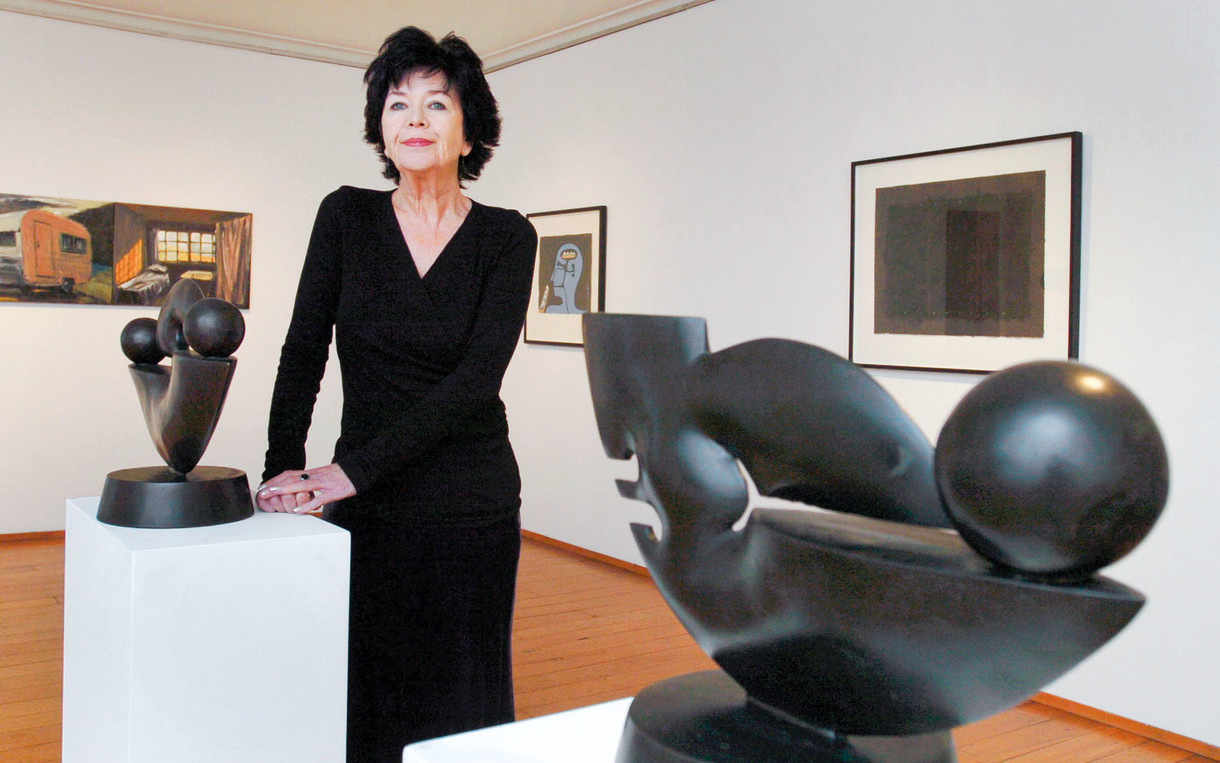
Judith Gifford
In 2017, Petrena Fishburn wrote in this magazine about the innovative art dealer and arts advocate Barbara Brooke. In this issue, we pay tribute to Judith MacFarlane (née Gifford), who co-founded Christchurch’s Brooke Gifford Gallery with Barbara Brooke in 1975 and – following Brooke’s death in 1980 – went on to turn it into one of New Zealand’s longest-running commercial galleries and a respected mainstay of the Ōtautahi Christchurch arts scene. Over that time, she offered early opportunities that helped launch the careers of many of Aotearoa’s now most recognised artists. Judith was a woman with a great eye, wonderful style and a tenacious belief in the importance of contemporary art.
Commentary
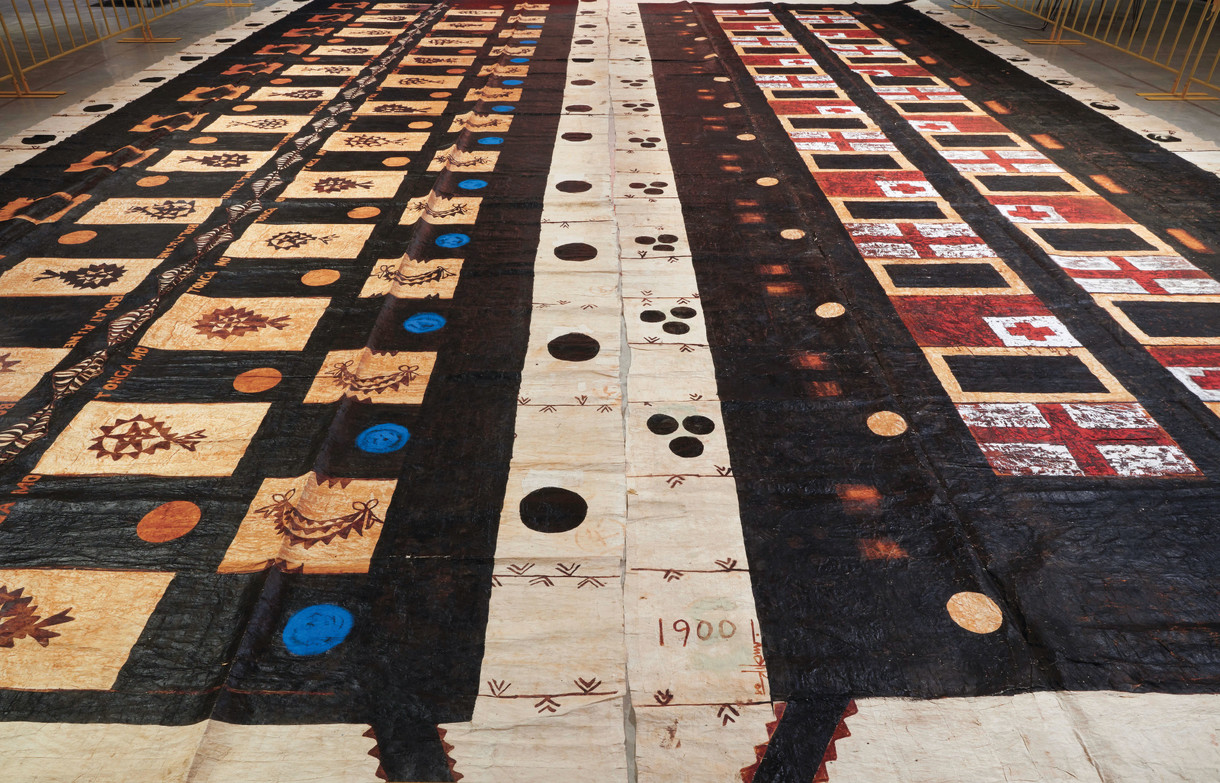
The Meeting of Two Queens
A blue dot – warm, mid-blue – that repeats across Tongan artist Kulimoe'anga Stone Maka’s ngatu tā'uli Toga mo Bolata'ane (Tonga and Britain) (2008–10) recalls the first time the artist saw blue eyes.
Commentary
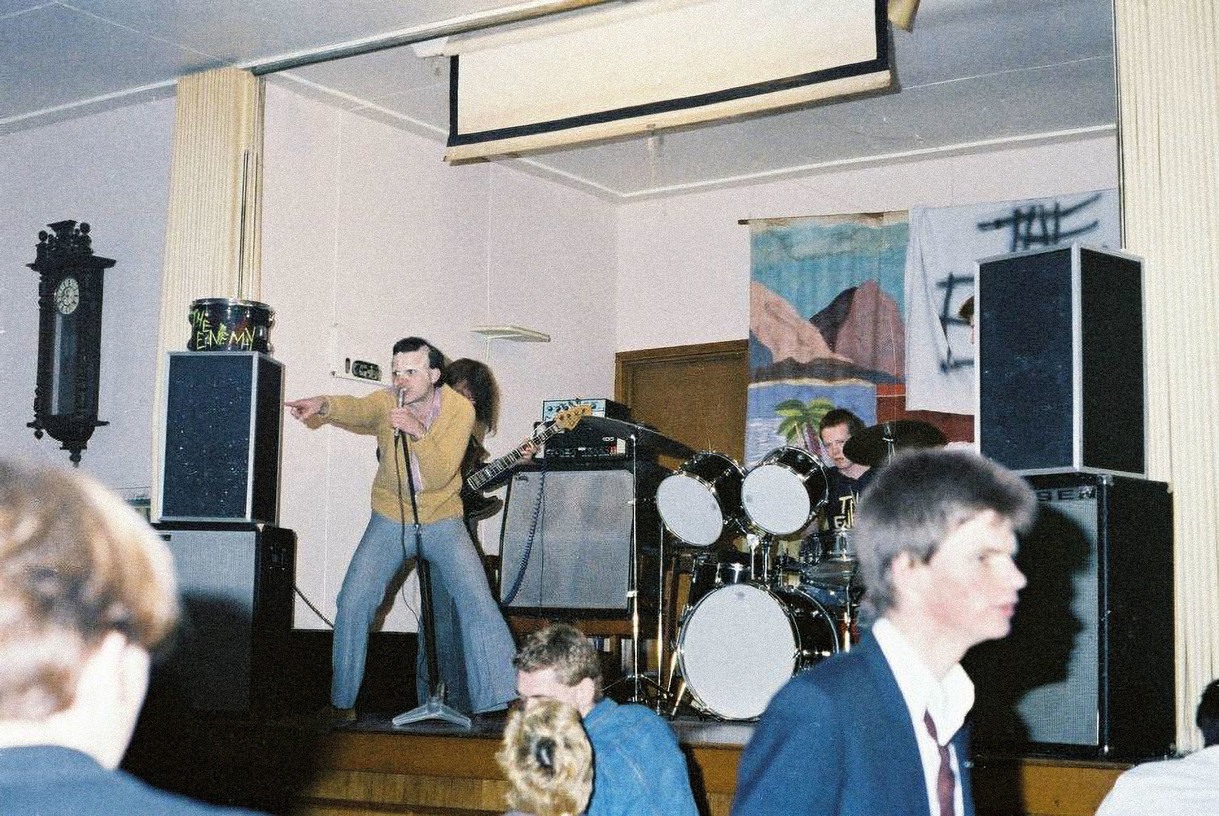
The Dunedin Christchurch Sound
A particularly romantic image attached to the record label Flying Nun shortly after its inception in 1981: journalists claimed it captured the purity of musicians playing without regard for fame or fortune. The label’s output became collectively known as the Dunedin Sound and formed the basis of a reputation that has shrouded Dunedin in classic rock mythology and mystery for the last forty years.





